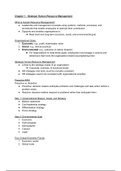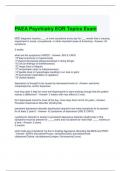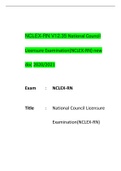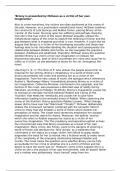Summary
BUSI 4320: Human Resource Management Course Notes and Summary
- Institution
- Memorial University Of Newfoundland (MUNSU )
Comprehensive chapter notes (Ch 1-14) designed to help efficient study process for both mid-term and final examinations. These notes are based off of both the required text and in-class lectures. Grade achieved in this course: 86
[Show more]







